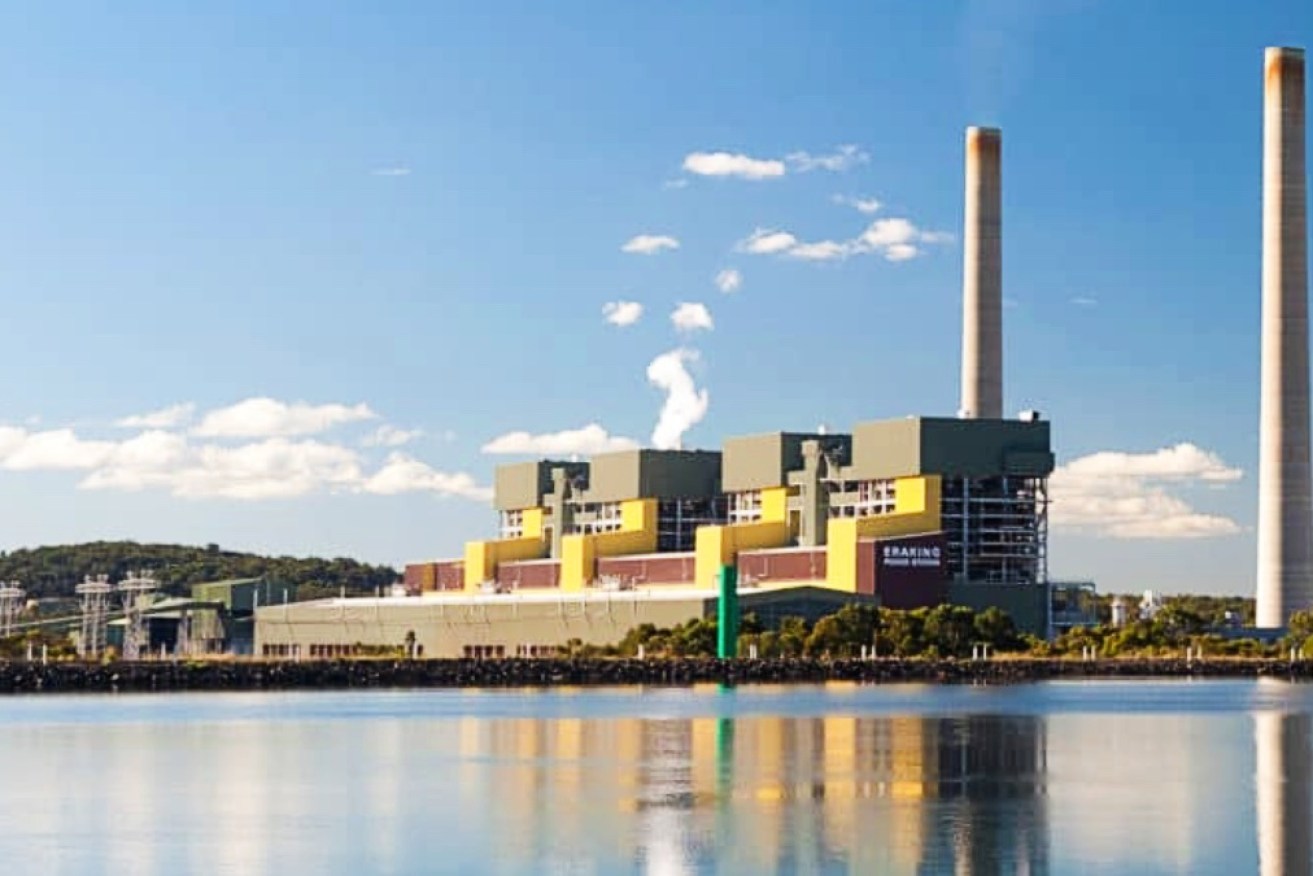Largest coal plant to close early, but where is the national roadmap to manage the rest?


Australia's largest power station, Eraring, is responsible for more than 13 million tonnes of CO2 emissions a year.
Australia’s largest power station is shutting down in 2025, seven years early.
Origin Energy, having bought the power station from the New South Wales government less than 10 years ago, now wants to retire its last remaining coal asset.
Upon announcement, the Origin Energy CEO stated “the reality is the economics of coal-fired power stations are being put under increasing, unsustainable pressure by cleaner and lower-cost generation, including solar, wind and batteries.”
 While the closure has been a wholly economic decision, the uneconomic reality of coal power is good news for the climate.
While the closure has been a wholly economic decision, the uneconomic reality of coal power is good news for the climate.
To put the closure in perspective, the Eraring coal power station alone is responsible for more than 13 million tonnes of CO2 emissions a year, more than all of Australia’s domestic flights in a year pre-pandemic.
The Origin Energy announcement comes three years early, which is the minimum notice period required.
In Victoria, whose regional communities were blindsided by the sudden expedited closure of Hazelwood coal power station in 2017, the obligation is five years’ notice.
The problem state governments are now facing is that even with these longer mandated notice periods, the closures will keep coming – and they are coming thick and fast.
AGL last week brought forward closures for Bayswater Power Station in NSW by two years and Loy Yang A Power Station in Victoria by three years.
Energy Australia cut a deal on Yallourn coal power station in Victoria to bring the closure forward from 2032 to 2028.
The Australian Energy Market Operator (AEMO) latest draft Integrated System Plan forewarned rapid closures and now we are seeing it play out in real time.
The problem Australia is currently facing is the closures are being managed on an individual case-by-case basis between the power station owners and state governments, leaving regional power communities out in the cold and in the dark.
There is currently no national roadmap for coal closures.
Such an idea is not novel – just look at Germany.
In 2018 Germany set up a multi-stakeholder group, the German Coal Commission to deliver a plan for the phase out of coal-fired power.
The commission comprised 28 members from government, corporations, affected communities, unions, environmental groups and the academic community.
Just seven months after its inception, the German Coal Commission had a plan to transition Germany out of coal-fired power by 2038. This has recently been fast-tracked to 2030.
In Australia, an expert group, the Energy Security Board (ESB) was set up in 2017 to develop a plan for a post-2025 electricity grid.
The National Energy Market (NEM), after all, is still designed with coal power as the majority (currently 60 per cent) form of electricity generation.
Yet without the independence and authority of the German Coal Commission, the ESB was pressured to prop up coal power with taxpayer subsidies rather than deliver on its mandate to envision and design a NEM beyond coal.
This should come as no surprise from a federal government that somehow found it appropriate to appoint gas executives to Australia’s COVID recovery commission, and cooked up the ‘gas-fired COVID recovery’ rather than thinking to safeguard Australia’s supply chains, but I digress.
This same government has, instead of taking a leaf out of the German Coal Commission’s book, seen fit to hand over millions in taxpayer dollars to investigate building a new expensive coal plant in Queensland that proponents claim could be ‘zero emissions’ when, spoiler alert, actual zero-emission power stations are possible, cost effective and in high supply.
Just this week, over $100 billion in clean energy projects were proposed for the Hunter-Central Coast Renewable Energy Zone.
Across the NEM, AEMO has identified a staggering 121GW of future projects spread across all regions, with the largest pipeline of capacity in NSW (see graph).
Source: AEMO (2021) Electricity Statement of opportunities (ESOO) pp. 31-32
The irony is that renewables can power our industries, homes and vehicles and save us money.
As Saul Griffiths writes in his new book The Big Switch, by switching to renewable powered electricity for our grid, our homes and our cars the average household will save about $5000 a year or more.
The future is already here, it’s just not widely distributed yet. Or rather, this is the future we can have, if only we plan for it.
Last year the Australia Institute responded to the Victorian Parliament’s Inquiry into the Closure of the Hazelwood and Yallourn coal power stations.
Pointing to the German Coal Commission, one of its obvious successes was timing. It was set up before, rather than after coal plant closures.
It was able to plan, and build consensus for, the transition out of coal.
The Australian government has an opportunity to plan for, smooth out and support the closure of coal-fired power stations. But it has to act now.
Richie Merzian is the climate & energy program director at independent think-tank, the Australia Institute. @RichieMerzian









